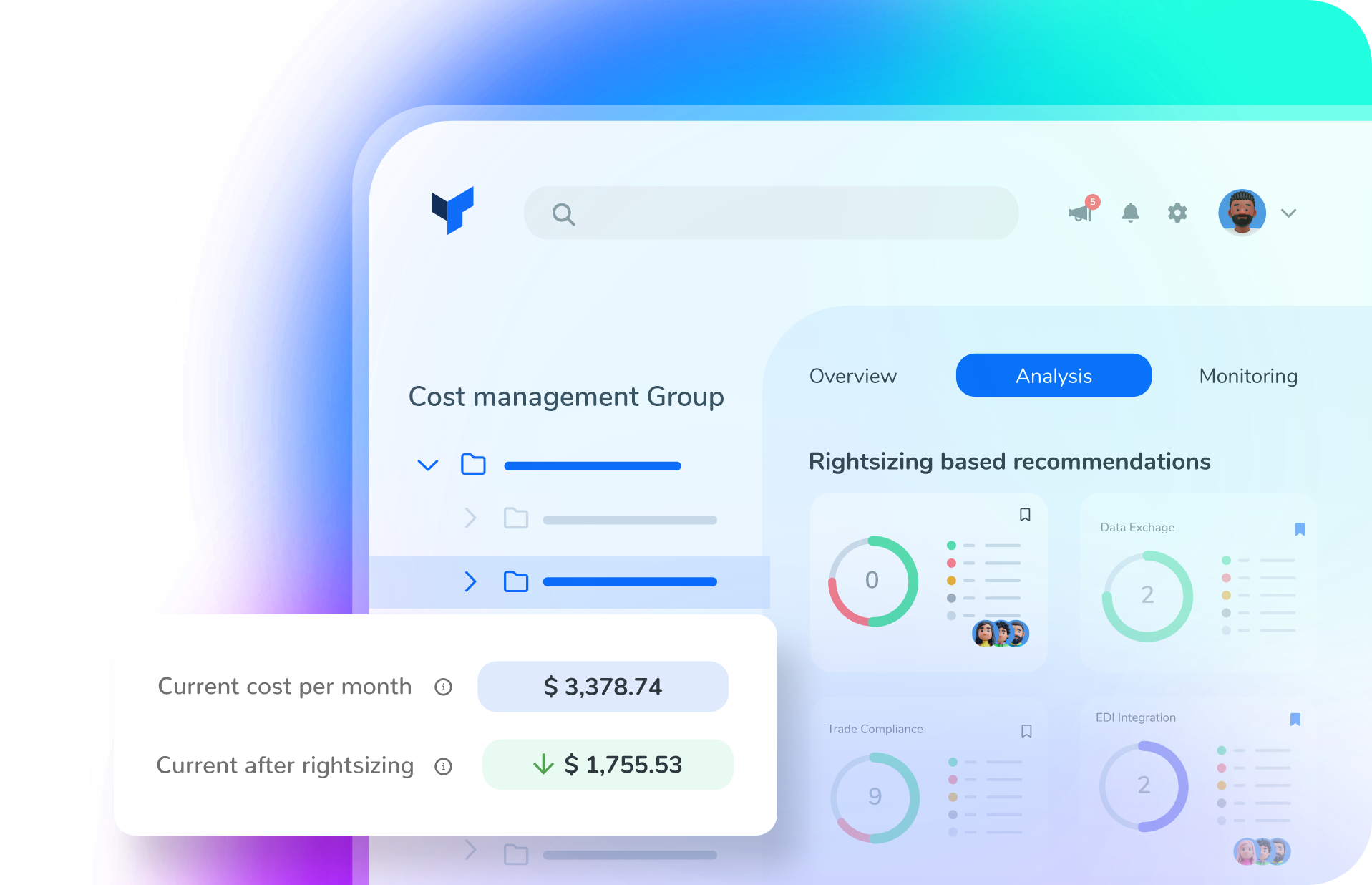First of all, apologies for not publishing a Friday Fact last week. We were on vacation and traveling, so this edition comes with a little delay, and it will be our first Friday double facts — but hopefully worth the wait!
Did you know that when deploying Azure Logic Apps (Standard or Consumption), you can set the workflow to start in a disabled state?
📝 One-Minute Brief
Sometimes we have the need to have our Logic Apps disabled when we deploy it. For instance, when deploying to Production, we like to have our workflows disabled, because we want to double check everything before starting the process.
This blog post will address this need and how we can accomplish.
This small but powerful capability is often overlooked, and it can save you from unwanted triggers firing before you are ready.
Why is this useful?
- Prevent accidental execution – Imagine deploying a Logic App with a trigger connected to a production system. If it starts enabled by default, it might process data before you validate the workflow.
- Safer release management – You can deploy new workflows alongside existing ones without impacting current integrations.
- Controlled activation – Once validation or configuration is complete, you (or your DevOps pipeline) can simply enable the workflow at the right time.
How to do it?
When defining your workflow, you can specify the state property in the Logic App definition:
{
"properties": {
"definition": { ... },
"parameters": { ... },
"runtimeConfiguration": { ... },
"state": "Disabled"
}
By default, the state is Enabled. Changing it to Disabled ensures your Logic App workflow is deployed but not actively running.
Pro Tip
Combine this with CI/CD pipelines to safely roll out workflows, validate them in production, and only enable them once you’re ready.
Another small Friday fact that makes a big difference in your integration projects! We will explore this capability in more detail in a Tip and Trick blog post.
To lazy to read? We’ve got you covered! Check out our video version of this content!
If you liked the content or found it helpful and want to help me write more content, you can buy (or help buy) my son a Star Wars Lego!



